Home>Articles>What Order Do I Put Ingredients In Bread Machine
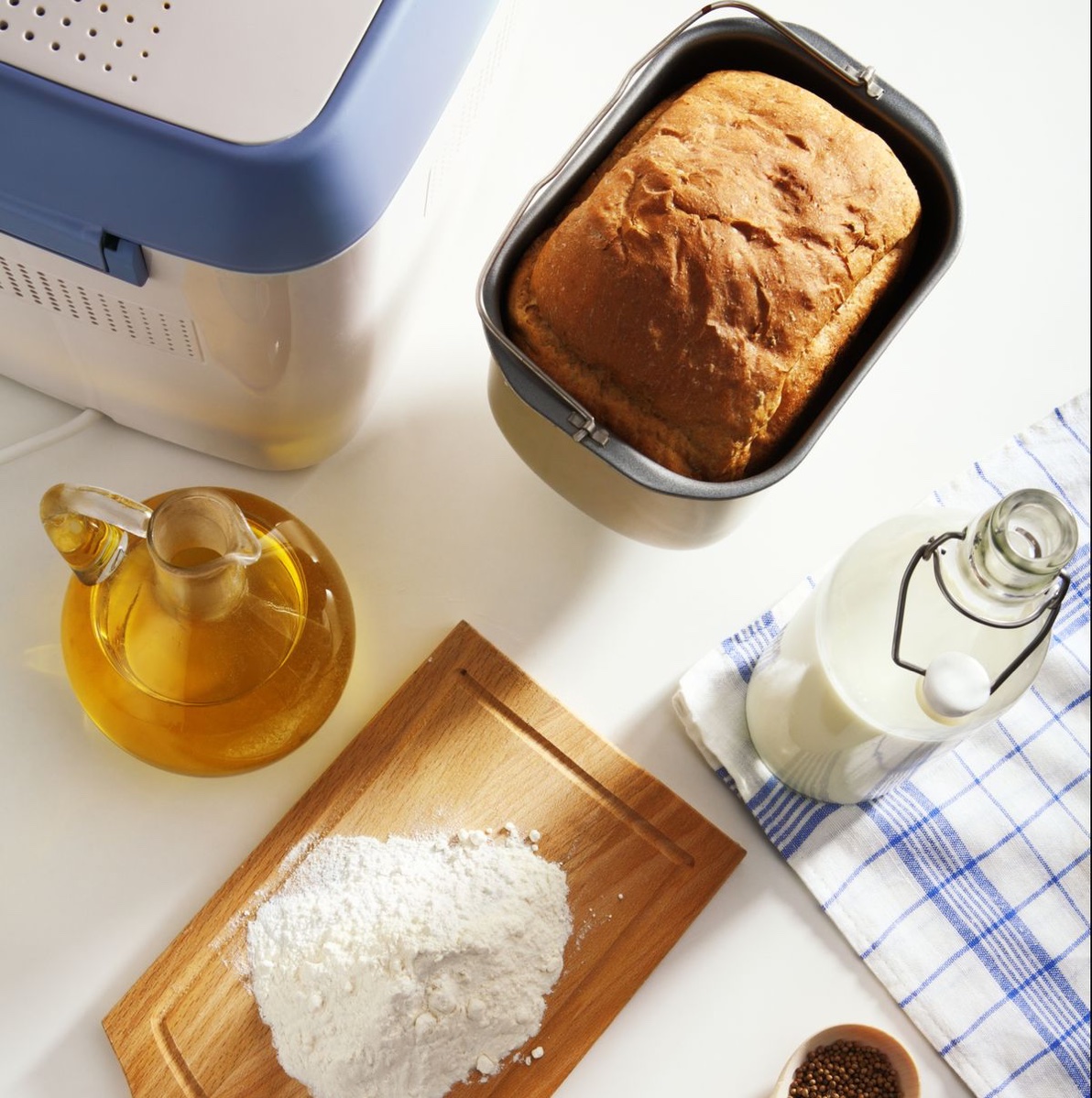

Articles
What Order Do I Put Ingredients In Bread Machine
Modified: May 6, 2024
Learn the correct order of adding ingredients to your bread machine with this insightful article. Follow the step-by-step guide for delicious homemade bread.
(Many of the links in this article redirect to a specific reviewed product. Your purchase of these products through affiliate links helps to generate commission for Storables.com, at no extra cost. Learn more)
Introduction
Using a bread machine is a convenient and efficient way to bake delicious homemade bread. The machine takes care of the mixing, kneading, and rising, leaving you with minimal effort and maximum reward. However, one crucial factor that can greatly impact the outcome of your bread is the order in which you add the ingredients.
Properly understanding the order of ingredient addition is essential for achieving the perfect loaf of bread. Each ingredient plays a specific role in the baking process, and adding them in the correct sequence ensures that they are incorporated evenly and produce a well-risen, flavorful loaf.
In this article, we will delve deep into the question of what order to put ingredients in a bread machine. We will explore why ingredient order matters and provide you with a step-by-step guide on the best way to add ingredients to achieve bakery-quality bread every time. So, let’s dive in and discover the secret to perfectly balanced bread machine creations.
Key Takeaways:
- Mastering the order of ingredient addition in a bread machine is crucial for bakery-quality bread at home. Follow the step-by-step process to ensure proper mixing, gluten development, yeast activation, and even distribution of additional ingredients.
- Experiment with different flours and additional ingredients to elevate your bread machine baking. Familiarize yourself with your machine’s features, measure ingredients accurately, and care for your machine to enjoy the delightful experience of creating homemade bread.
Read more: Where Do I Put Windshield Washer Fluid
Understanding the Bread Machine
Before we dive into the specifics of ingredient order, let’s take a moment to understand how a bread machine works. A bread machine is a self-contained appliance that automates the bread-making process. It typically consists of a bread pan, a set of paddles or kneading hooks, and a control panel with various settings and timers.
The bread machine operates by going through a series of phases: mixing, kneading, rising, and baking. During the mixing phase, the ingredients are combined and blended together. The kneading phase involves the machine vigorously working the dough to develop gluten and strengthen the bread structure. Then, the dough undergoes a rising phase where the yeast ferments and causes the dough to expand. Finally, the machine moves into the baking phase, where the heat transforms the dough into a golden, fragrant loaf of bread.
Understanding these phases is crucial because the order in which ingredients are added directly impacts how well the machine can perform each task. The right ingredient order ensures even mixing, proper gluten development, and optimal yeast activation, resulting in a light and fluffy loaf of bread.
Next, let’s delve into why ingredient order is so important in bread machine baking.
Importance of Ingredient Order
The order in which you add ingredients to your bread machine is essential for several reasons. Each ingredient has a specific role in the bread-making process, and adding them in the correct sequence ensures proper mixing, gluten development, and yeast activation. Here are some key reasons why ingredient order matters:
- Mixing Efficiency: Adding ingredients in a specific order allows the machine’s paddles or kneading hooks to mix them evenly. Starting with liquids helps create a smooth base for incorporating the dry ingredients, preventing clumping and ensuring a consistent texture throughout the dough.
- Gluten Development: Proper gluten development is crucial for achieving the desired bread texture. Gluten is formed when the proteins in wheat flour interact with water. By adding the liquid ingredients first, followed by the dry ingredients, you create the ideal environment for gluten formation during the kneading phase.
- Yeast Activation: Yeast plays a vital role in bread-making, as it causes fermentation and helps the dough rise. Adding yeast at the right time allows it to interact with the sugars in the dough, producing carbon dioxide gas that gives the bread its fluffy texture. Placing the yeast on top of the dry ingredients helps protect it from direct contact with liquids, which could hinder its activation.
- Additional Ingredients: Many bread recipes call for additional ingredients such as nuts, seeds, or dried fruits. Adding these ingredients at the right time ensures they are evenly distributed throughout the dough. Adding them too early may result in excessive mixing or uneven dispersion, while adding them too late could prevent them from being incorporated properly.
By following the correct ingredient order, you can optimize the mixing, kneading, rising, and baking processes of your bread machine, resulting in a well-risen, flavorful, and perfectly textured loaf of bread. So, let’s move on to the step-by-step process of adding ingredients to your bread machine.
Step-by-Step Process
Now that we understand the significance of ingredient order in a bread machine, let’s walk through the step-by-step process of adding ingredients for optimal results:
- Liquids: Start by adding all liquid ingredients to the bread machine pan. This includes water, milk, eggs, oils, honey, or any other liquid specified in your recipe. Adding the liquids first creates a moist base for the dry ingredients and helps in even mixing.
- Dry Ingredients: Next, add all the dry ingredients on top of the liquids. This typically includes flour, sugar, salt, and any other dry ingredients specified in your recipe. Adding the dry ingredients on top ensures they are gradually incorporated into the dough during the mixing phase, promoting even distribution.
- Yeast: Create a small well in the center of the dry ingredients and add the yeast. This ensures that the yeast is not activated too early, which could result in improper rising or deflated bread. Placing the yeast on top of the dry ingredients also helps protect it from direct contact with liquids, allowing for better yeast activation.
- Additional Ingredients: If your recipe calls for additional ingredients like nuts, seeds, or dried fruits, add them at this stage. Sprinkle them evenly over the dough to ensure they are incorporated throughout the bread. Be mindful of any special instructions regarding the addition of these ingredients, as some recipes may suggest adding them at a specific time.
Once all the ingredients are added to the bread machine pan in the correct order, place the pan into the machine, ensuring it is securely in place. Select the appropriate settings on your machine, such as the desired crust color and loaf size, and start the bread-making process. Allow the machine to work its magic, going through the mixing, kneading, rising, and baking phases according to the chosen settings.
Following this step-by-step process ensures that the ingredients are added in the optimal order for a well-mixed dough, proper gluten development, yeast activation, and even distribution of additional ingredients. Now that you know the order, let’s explore some additional tips and tricks to elevate your bread machine baking.
Liquids
When it comes to adding liquids to your bread machine, it’s important to be precise and measure them accurately. Liquids play a crucial role in the bread-making process as they hydrate the flour, activate the yeast, and create a moist environment for gluten development.
Here are some key points to keep in mind when adding liquids to your bread machine:
- Water: Water is the most commonly used liquid in bread recipes. It is essential for hydrating the flour and activating the yeast. Use room temperature water, as hot water can kill the yeast and cold water may hinder yeast activation. The amount of water needed may vary depending on the recipe, so always refer to your specific measurements.
- Milk: Milk can add richness and tenderness to your bread. It helps create a softer texture and adds flavor. You can use regular milk or substitute it with plant-based alternatives like almond milk, soy milk, or oat milk. Again, make sure the milk is at room temperature before adding it to the bread machine.
- Eggs: Eggs provide structure, moisture, and richness to your bread. They contribute to a tender crumb and help bind the dough together. If your recipe calls for eggs, be sure to beat them before adding them to the bread machine. This helps facilitate even distribution throughout the dough.
- Oils: Oils like olive oil, vegetable oil, or melted butter add moisture and flavor to your bread. They also help extend the shelf life of the bread and contribute to a softer texture. Add the oil or melted butter along with the other liquids in the recipe.
- Honey or Sweeteners: If your recipe requires sweeteners like honey, maple syrup, or sugar, add them along with the liquids. These sweeteners provide food for the yeast and contribute to the overall flavor profile of your bread.
Once you have all your liquid ingredients measured and ready, add them to the bread machine pan first. This creates a moist base for the dry ingredients and allows for smooth mixing and gluten development. Remember to always follow the measurements specified in your recipe for the most accurate results.
Now that we’ve covered liquids, let’s move on to the next step in adding ingredients to your bread machine: the dry ingredients.
Add ingredients to the bread machine in the order specified in the manufacturer’s instructions. Typically, liquids go in first, followed by dry ingredients, and yeast goes in last, in a well in the center of the flour.
Dry Ingredients
The next step in adding ingredients to your bread machine is adding the dry ingredients. Dry ingredients typically include flour, sugar, salt, and any other dry ingredients specified in your recipe.
When adding dry ingredients to your bread machine, it’s important to consider a few key factors for optimal results:
- Flour: Flour is the main ingredient in bread-making and provides structure to the dough. It’s essential to use the type of flour specified in your recipe, whether it be all-purpose flour, bread flour, whole wheat flour, or a combination. Measure the flour accurately using a dry measuring cup or a kitchen scale for precise results.
- Sugar: Sugar not only adds sweetness but also helps feed the yeast, promoting fermentation and flavor development. The amount of sugar needed depends on personal preference and the desired sweetness level of your bread. Add it to the dry ingredients in the bread machine pan.
- Salt: Salt enhances the flavor of the bread and helps control yeast activity. It’s crucial to use the amount specified in your recipe, as it affects the overall taste and texture of the bread. Salt is typically added directly to the dry ingredients in the bread machine pan.
- Leavening Agents: Some bread recipes may require additional leavening agents like baking powder or baking soda. These ingredients help the dough rise and provide a lighter texture. If your recipe calls for them, add them to the dry ingredients in the bread machine pan.
- Spices and Herbs: If your recipe includes spices or herbs for flavor, such as cinnamon, nutmeg, or rosemary, add them to the dry ingredients as well. These ingredients should be evenly dispersed throughout the dough for optimal flavor distribution.
To add the dry ingredients to your bread machine, simply pour them on top of the liquid ingredients in the pan. Make sure to follow the specific measurements and instructions in your recipe to maintain the right balance of flavors and textures.
The order of adding dry ingredients ensures that they are gradually incorporated into the dough during the mixing phase, allowing for even distribution and optimal gluten development. With the liquids and dry ingredients properly added, your bread machine is now ready for the next step: adding the yeast.
Yeast
Adding yeast to your bread machine may seem like a straightforward process, but it is a crucial step that can greatly impact the rise and texture of your bread. Yeast is responsible for fermentation, which produces carbon dioxide gas and helps the bread dough rise.
Here are some important points to consider when adding yeast to your bread machine:
- Yeast Activation: Yeast needs proper activation to carry out the fermentation process effectively. Most bread machine recipes specify the type of yeast to use—for example, active dry yeast or instant yeast. Follow the instructions on the yeast packaging and check the expiration date to ensure its freshness.
- Creating a Well: After adding the dry ingredients to the bread machine pan, create a small well in the center of the dry ingredients. This well will act as a designated space to add the yeast.
- Adding the Yeast: Measure the yeast according to the recipe instructions and carefully place it into the well created in the dry ingredients. Placing the yeast on top helps protect it from direct contact with liquids, allowing for better yeast activation.
- Avoiding Direct Contact: Yeast should not come into direct contact with liquids or salt until the kneading phase begins. This ensures that the yeast is not activated too early, which could result in improper rising or deflated bread.
- Distributing the Yeast: If desired, gently use a spoon or your finger to lightly distribute the yeast within the well. This helps ensure that the yeast is evenly dispersed throughout the dough and will be activated during the kneading phase.
By creating a well and adding the yeast on top of the dry ingredients, you provide the optimal environment for yeast activation during the bread machine’s kneading phase. This allows the yeast to interact with the sugars in the dough, producing carbon dioxide gas and resulting in a well-risen loaf of bread.
With the yeast added, it’s time to move on to the final step in adding ingredients to your bread machine: any additional ingredients your recipe calls for.
Additional Ingredients
In addition to the main ingredients like liquids, dry ingredients, and yeast, many bread recipes call for additional ingredients to enhance flavor, texture, and nutritional value. These can include nuts, seeds, dried fruits, herbs, spices, cheese, or even chocolate chips.
When adding additional ingredients to your bread machine, here are some key considerations:
- Timing: Some bread machines have specific settings or audible signals to indicate when it’s time to add the additional ingredients. Pay attention to the machine’s instructions or refer to your recipe to determine the appropriate timing.
- Distribution: For evenly distributed flavors, it’s important to add the additional ingredients strategically. This can be done by sprinkling them evenly over the dough once it has reached a certain stage, such as during the kneading phase or right before the final rise.
- Preparation: Depending on the nature of the additional ingredients, they may require some preparation before adding them to the bread machine. For example, if you’re adding nuts or seeds, you may want to lightly toast them beforehand for enhanced flavor and crunch.
- Quantity: Follow the recipe guidelines for the quantity of additional ingredients to add. Too few may result in a subtle flavor, while too many may overwhelm the dough and affect its structure. Use your judgment and personal preference when adjusting the quantity of these ingredients.
- Size and Shape: Consider the size and shape of the additional ingredients when adding them to the dough. Chop larger ingredients into smaller pieces, if necessary, to ensure they are evenly dispersed throughout the bread.
Adding additional ingredients to your bread machine allows you to customize your bread to your liking and experiment with different flavors and textures. Just be sure to follow the recipe instructions regarding timing and quantities to achieve the desired results.
Now that you have a clear understanding of the order to put ingredients in a bread machine, let’s explore some additional tips and tricks that can help elevate your bread machine baking experience.
Tips and Tricks
Here are some helpful tips and tricks to keep in mind when using a bread machine:
- Read the Manual: Familiarize yourself with the specific instructions and features of your bread machine by reading the user manual. This will ensure you understand how to operate your machine properly and get the best results.
- Use Fresh Ingredients: For the best flavor and texture, always use fresh and high-quality ingredients. This is especially important for yeast, as expired or inactive yeast can result in a flat or dense loaf of bread.
- Measure Accurately: Use precise measuring tools, such as a kitchen scale or measuring cups, to measure ingredients accurately. Consistency in ingredient measurements is vital for achieving consistent results in your bread.
- Experiment with Flours: Don’t be afraid to experiment with different types of flours, such as whole wheat or rye flour, to add different flavors and textures to your bread. Just ensure to follow the recipe guidelines for proper ratios.
- Consider Overnight Programming: Some bread machines have an overnight or delayed start feature. This allows you to program the machine to begin baking at a specific time, so you can wake up to the enticing aroma of freshly baked bread in the morning.
- Observe the Dough: Pay attention to the consistency of the dough during the mixing and kneading phases. If the dough seems too dry or too sticky, you may need to adjust the recipe by adding more liquid or flour gradually until the dough reaches the right consistency.
- Experiment with Additions: Don’t hesitate to get creative with your bread machine baking. Try different combinations of herbs, spices, cheeses, or even dried fruits and nuts to add exciting flavors and textures to your bread.
- Care for the Machine: Properly clean and maintain your bread machine to ensure its longevity. Follow the manufacturer’s instructions for cleaning and storage, and avoid immersing the main unit in water.
By following these tips and tricks, you’ll be well on your way to creating delicious, homemade bread using your bread machine. Now that we’ve covered all the essential aspects of ingredient order and shared some additional tips, it’s time to wrap up this guide.
Read more: What Order To Do Home Repairs
Conclusion
Mastering the order of ingredient addition in a bread machine is the key to achieving bakery-quality bread in the comfort of your own home. Understanding the functions of each ingredient and their specific roles in the bread-making process allows you to optimize the mixing, kneading, rising, and baking phases.
By following the step-by-step process of adding ingredients, starting with liquids, moving to dry ingredients, then adding yeast and any additional ingredients, you ensure that each component is incorporated properly and contributes to a well-risen, flavorful loaf of bread.
Remember to measure ingredients accurately, experiment with different flour types and additional ingredients, and follow your machine’s instructions for the best results. Cleaning and caring for your bread machine will ensure its longevity and continued performance.
Baking bread with a bread machine is a convenient and enjoyable experience that allows you to savor the aroma and taste of freshly baked bread without the need for extensive manual effort. With the right ingredient order and a touch of creativity, you can delight in the satisfaction of creating delicious homemade bread for yourself and your loved ones.
So, go ahead and dive into the world of bread machine baking, armed with the knowledge of ingredient order, and enjoy the endless possibilities and delightful creations that await you.
Eager to whip up more than just bread? Our next guide reveals all sorts of treats you can prepare using just your bread machine. From sweet delights to savory staples, these bread machine recipes will surely expand your culinary repertoire. Not stopping there, for those who prefer traditional methods, discover how easily you can make bread without a mixer. Perfect for when you're feeling a bit more hands-on or when kitchen gadgets are out of reach. Both guides are packed with practical advice to keep your baking fresh and exciting.
Frequently Asked Questions about What Order Do I Put Ingredients In Bread Machine
Was this page helpful?
At Storables.com, we guarantee accurate and reliable information. Our content, validated by Expert Board Contributors, is crafted following stringent Editorial Policies. We're committed to providing you with well-researched, expert-backed insights for all your informational needs.
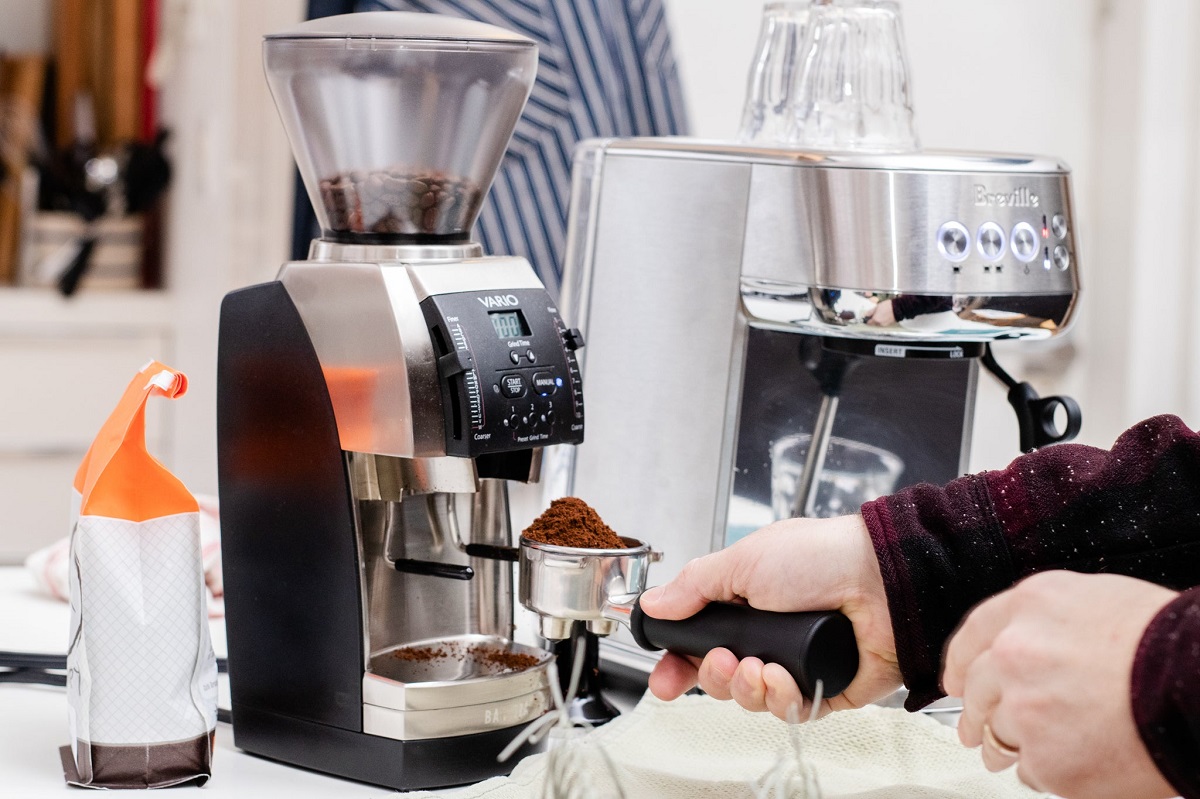
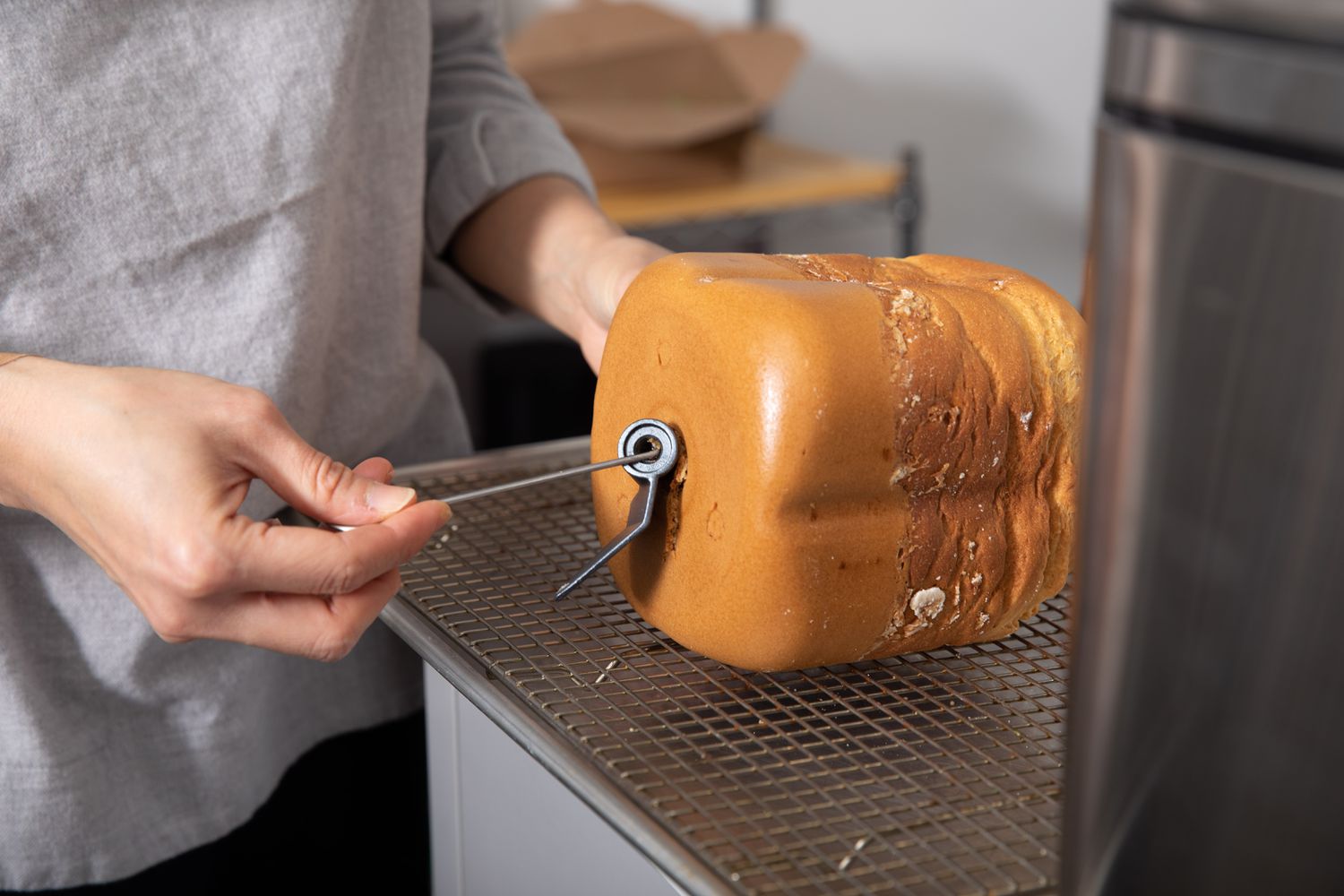
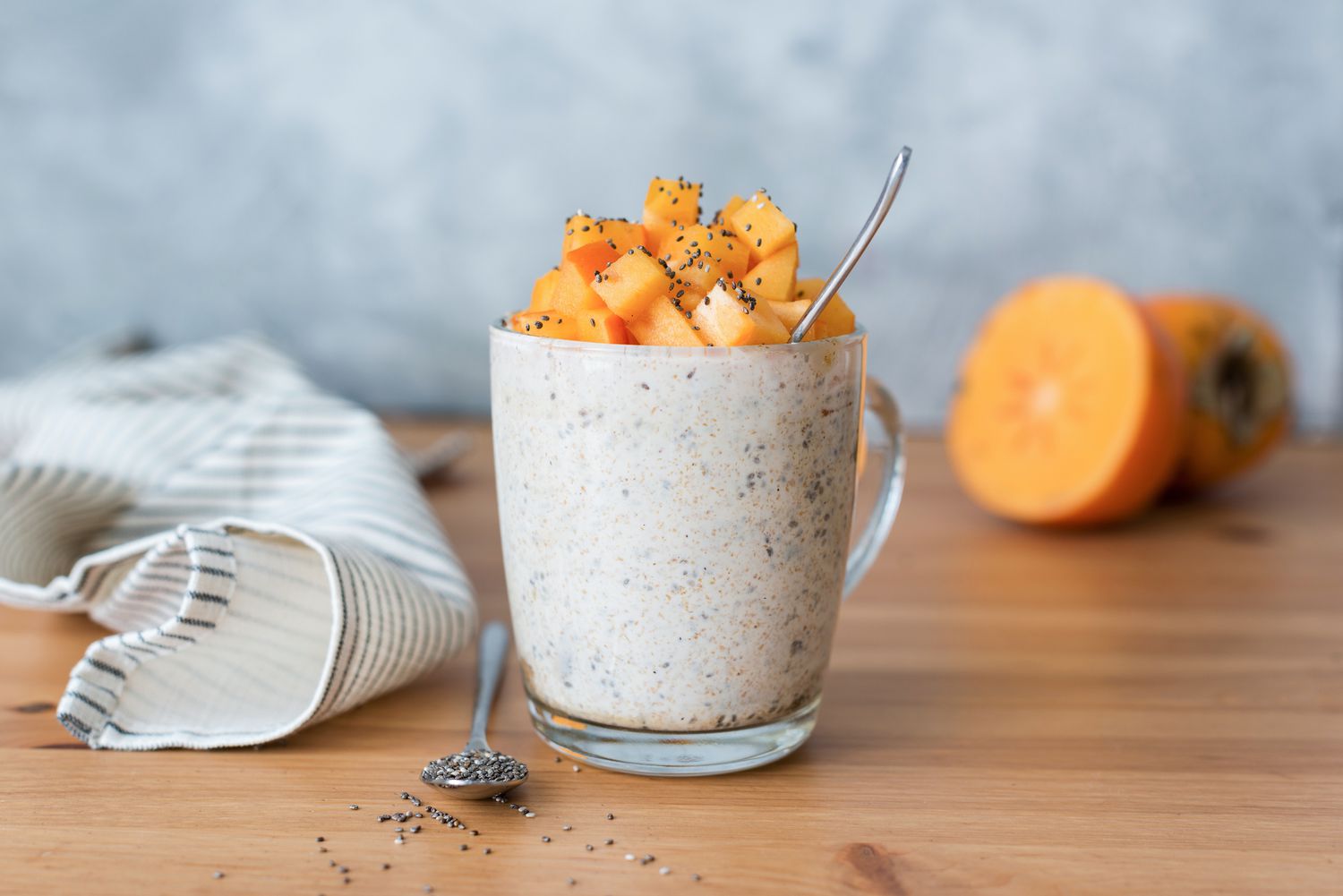

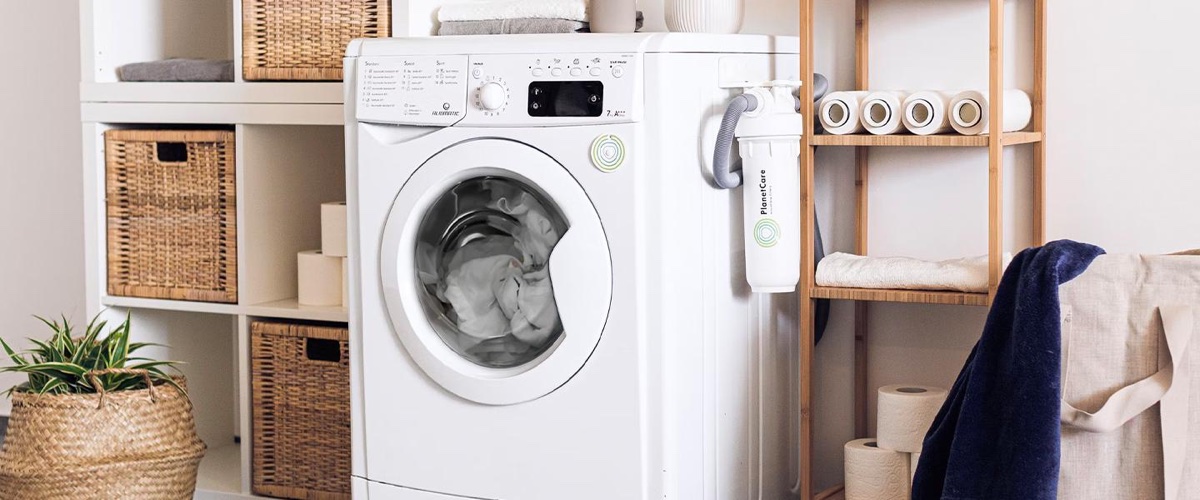

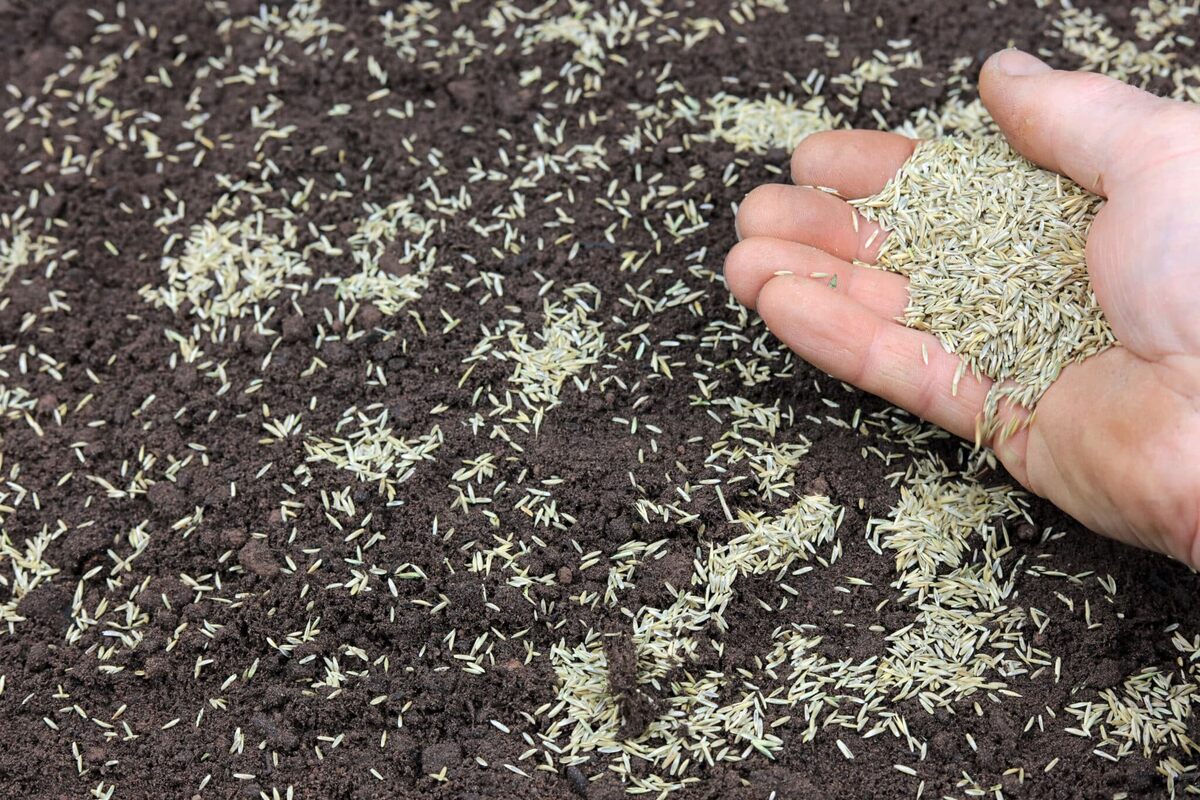

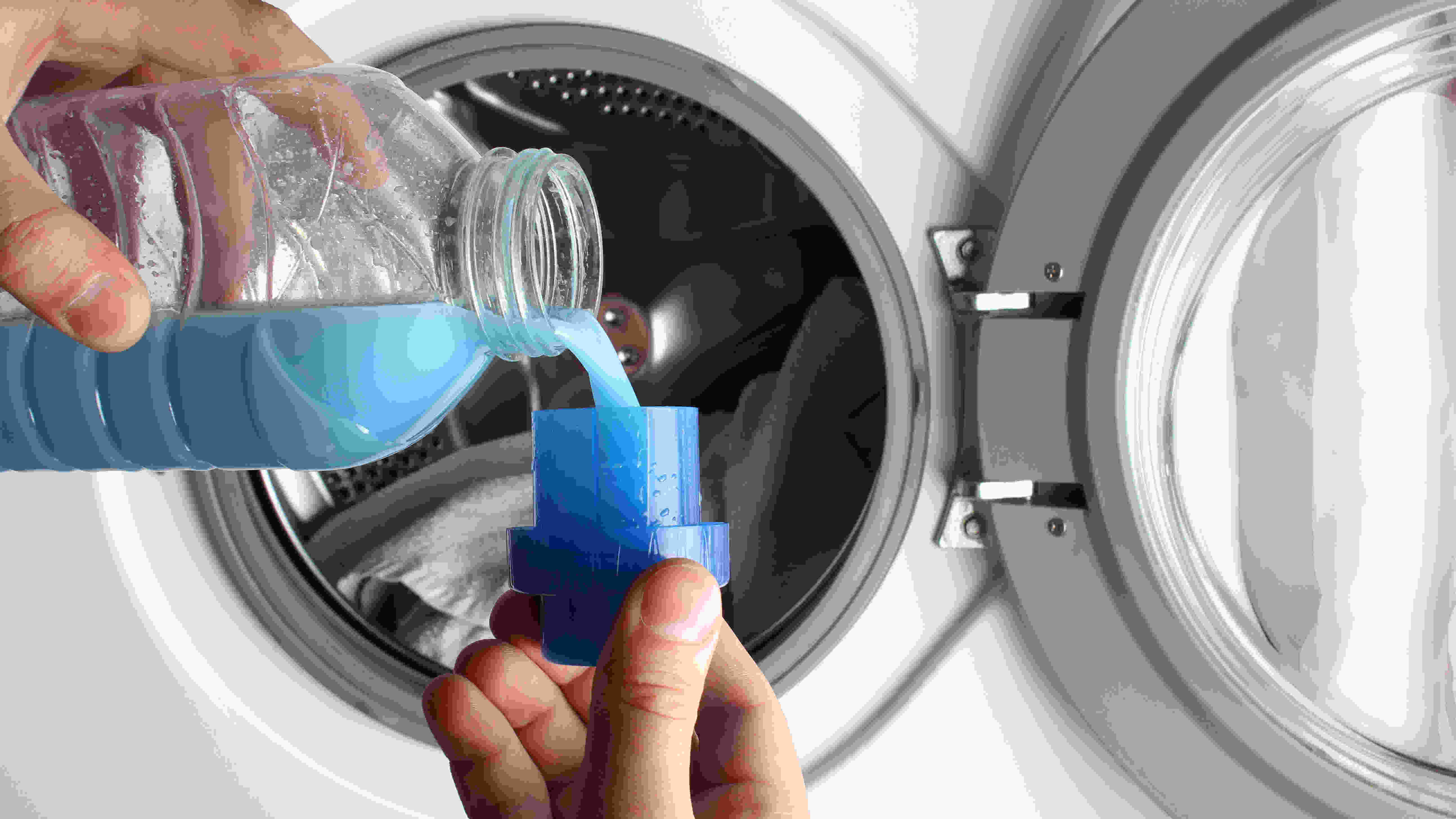
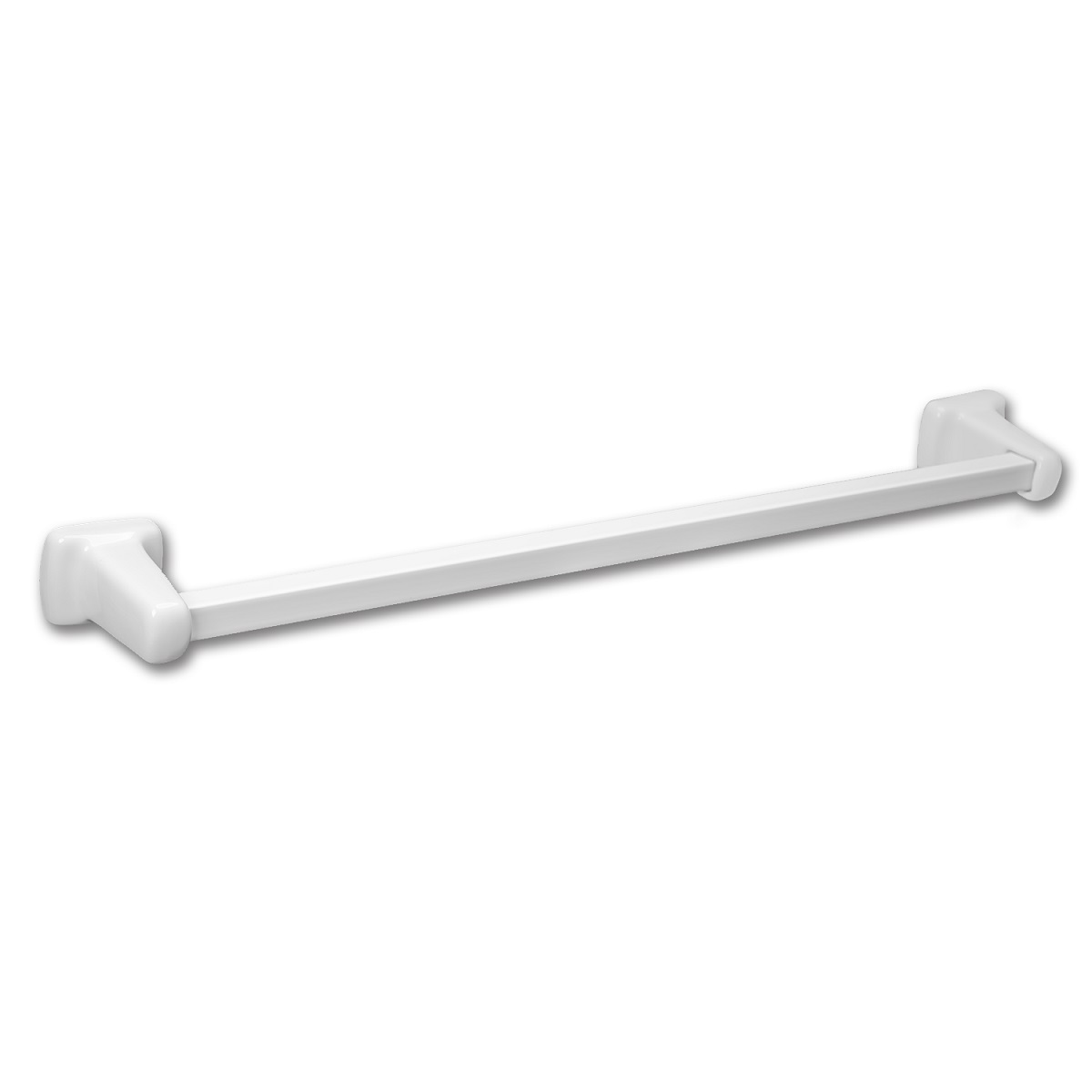
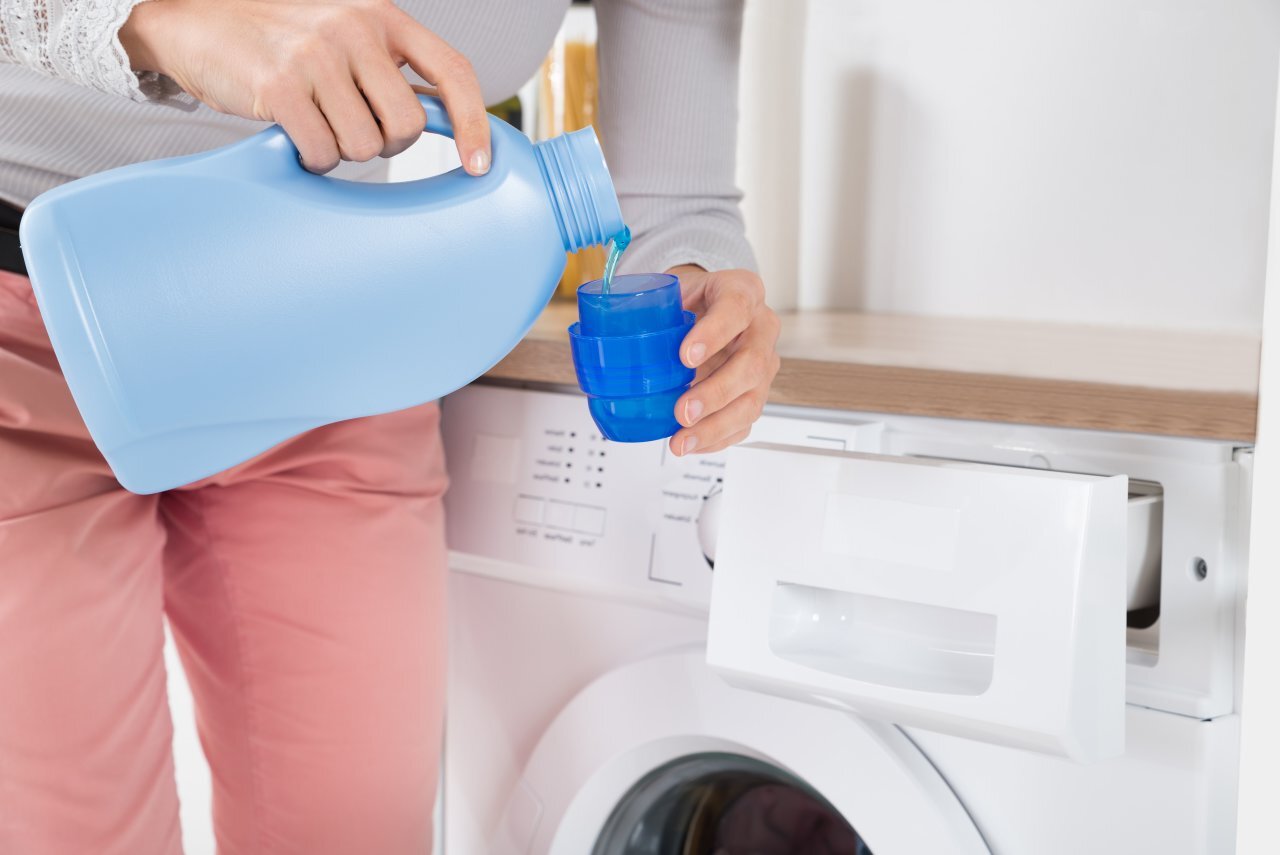
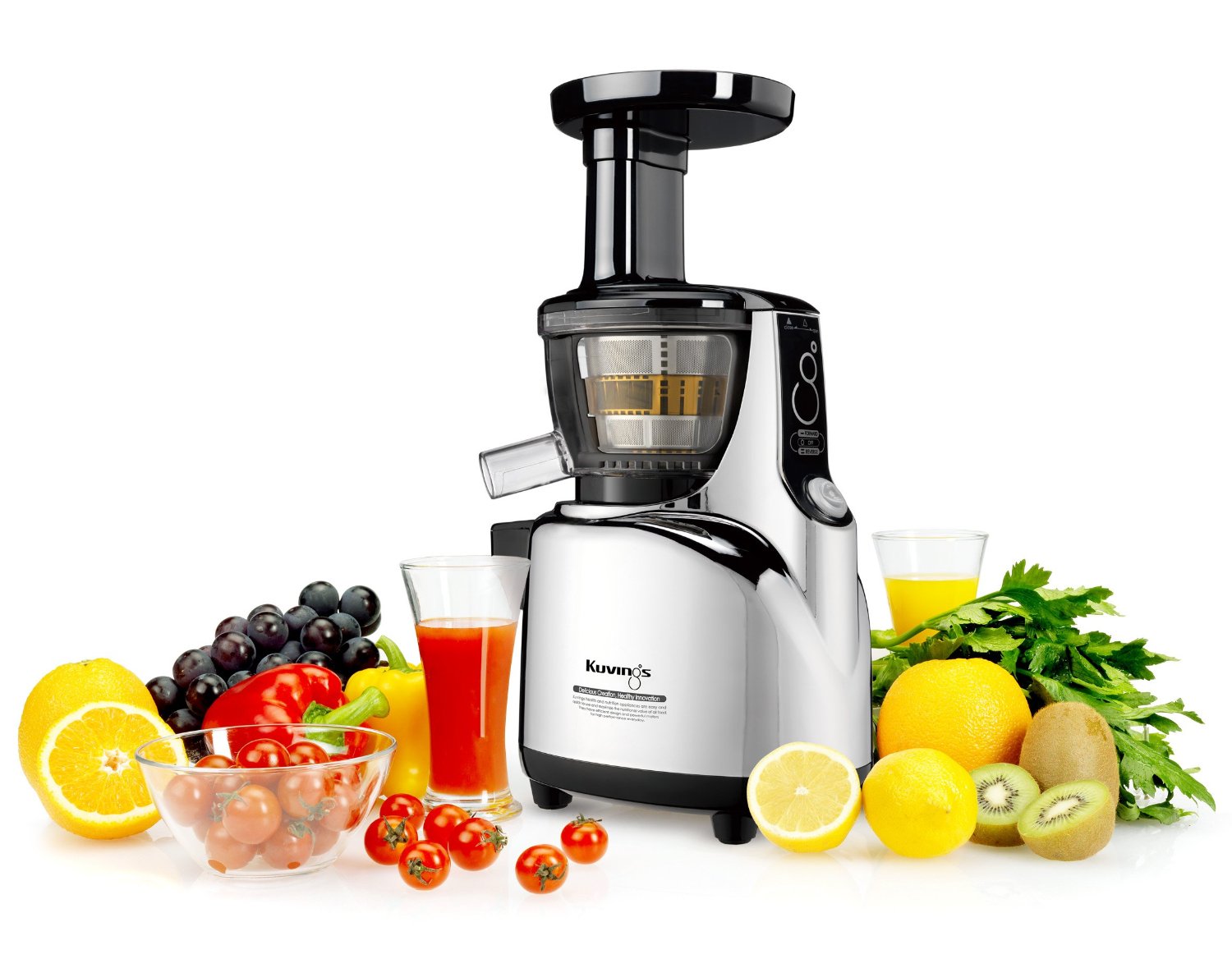
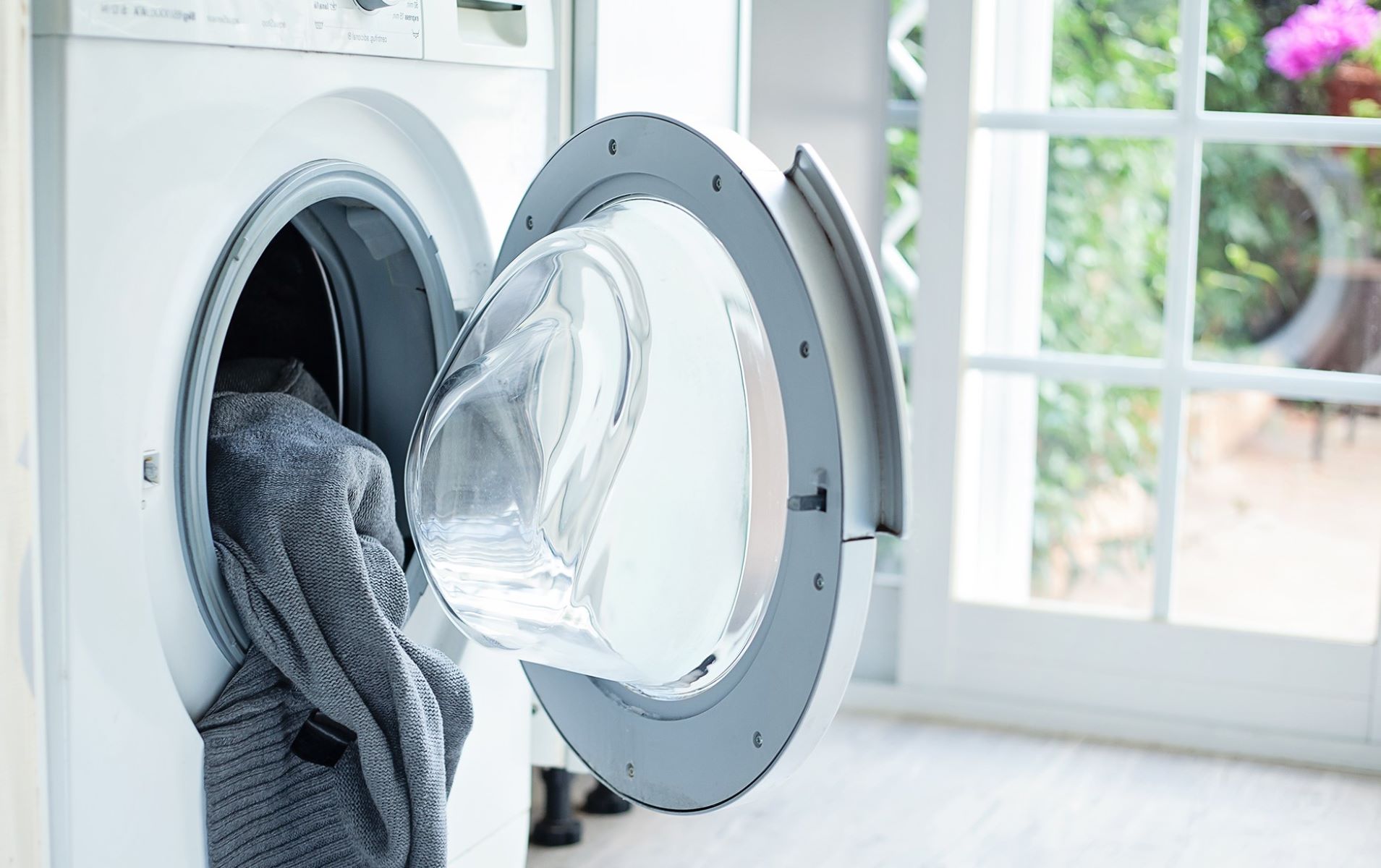

0 thoughts on “What Order Do I Put Ingredients In Bread Machine”